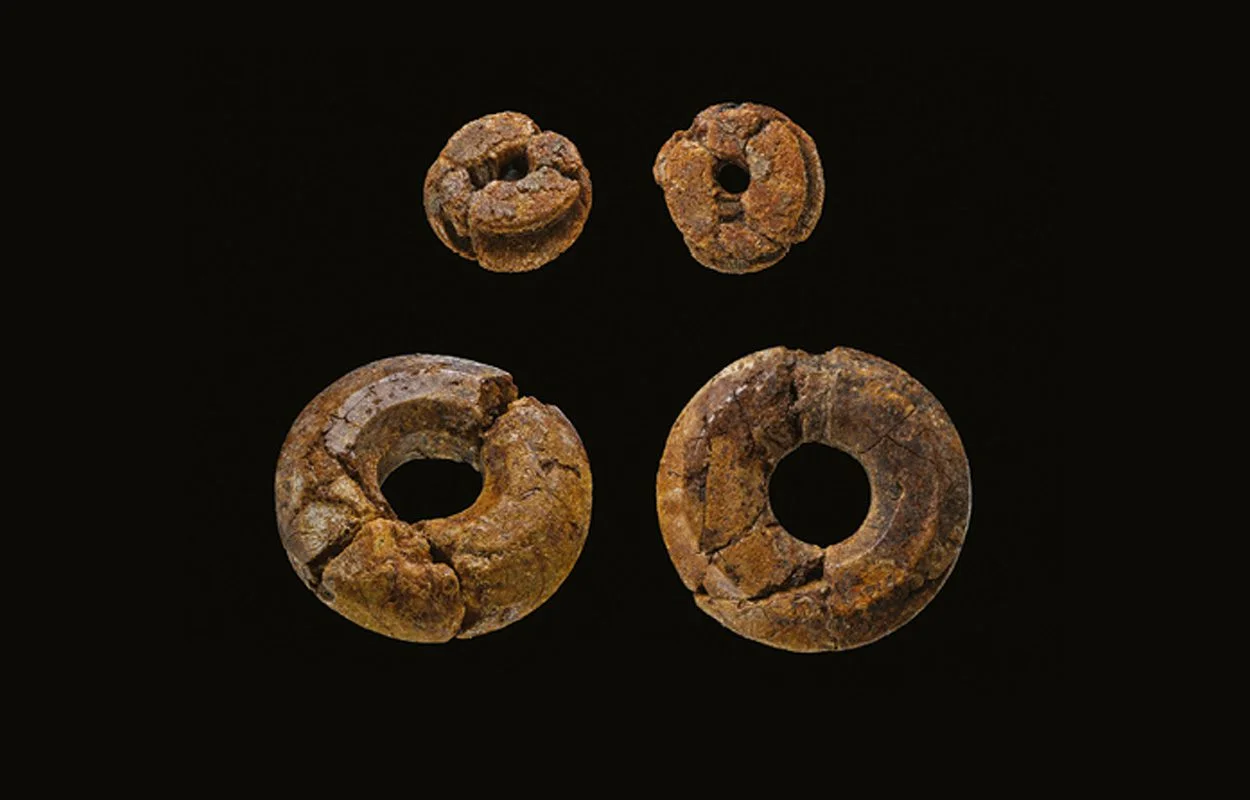Archaeologists examining amber beads found under the great ziggurat of Aššur suggest that long-distance connections existed in the Early Bronze Age with the Baltic region or North Sea.
Aššur (now Qala’at Sherqat), was the capital of the Old Assyrian city-state (2025–1364 BC), the Middle Assyrian Empire (1363–912 BC), and for a time, of the Neo-Assyrian Empire (911–609 BC). The remains of the city lie on the western bank of the Tigris River in the al-Shirqat District, Iraq.
Starting from the 2nd millennium BC until 614 BC, a temple-tower known as a ziggurat stood in Aššur, dedicated to the god Aššur (also known as Enlil) who was the head of the Assyrian pantheon in Mesopotamian religion.
The sacred structure, referred to as Earattakišarra in Sumerian during the first millennium BC and as the “great ziggurat” in Middle Assyrian royal inscriptions, is believed to have been established by Šamšī-Adad I, an Old Assyrian ruler who reigned around 1808-1776 BC.
Excavations conducted in 1914 by the Royal Museums in Berlin and the German Orient Society found two beads under the ziggurat in a foundation deposit dating from around 1800-1750 BC. The team also discovered several thousand beads of shell, stone, glass and pottery lying directly on the bedrock beneath the first layer of mudbricks.
A recent study using Fourier Transform Infrared Spectroscopy (FT-IR) has revealed that the amber beads broadly match Baltic amber (succinite), suggesting that the amber likely originates from the Baltic or North Sea region.
According to the researchers: “The beads represent some of the earliest amber specimens in southwest Asia and also some of the most distant discoveries from the find areas in the Baltic region.”
The rarity of amber in the Mediterranean and the Middle East before 1550 BC can be explained by the restrictions placed on the exchange of this raw material by the Únětice culture and the Wessex culture.
After 1550 BC, the researchers suggest that connections developed, through which amber became available in larger quantities in the Mediterranean region and also in the Middle East from the Baltic regions.
https://doi.org/10.1163/16000390-20210031
Header Image Credit : J. Lipták, Munich







